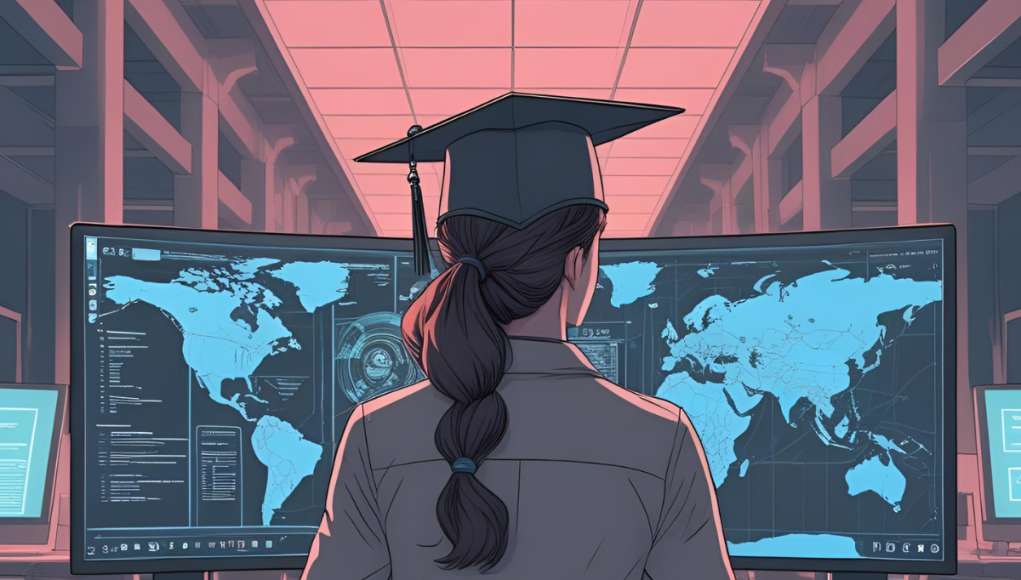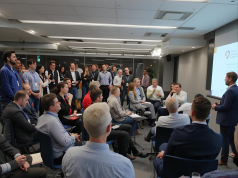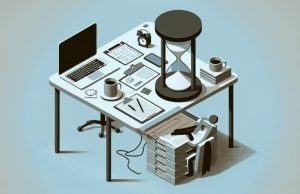For years, the drumbeat was relentless: “Go STEM!” Students flocked to computer science, engineering, and data analytics programs, assured that these fields offered an ironclad pathway to stable, high-paying jobs. The conventional wisdom held that a STEM degree was the ultimate shield against unemployment and the key to unlocking the future. This week, new data challenges that narrative, revealing a startling and counterintuitive reality: many recent STEM graduates in the US are struggling to find work, while some “unexpected” humanities majors are quietly thriving.
A recent analysis from the Federal Reserve Bank of New York, highlighted in the news this week, presents a compelling paradox. It shows that majors like nutrition sciences boast an incredibly low unemployment rate of 0.4% for recent graduates. Art history and philosophy majors, traditionally viewed as economically precarious, are outperforming some supposedly “safer” STEM fields, with unemployment rates of 3.0% and 3.2% respectively. Meanwhile, the overall unemployment rate for recent college graduates hovers at 5.8%. This begs a crucial question: What’s happening in the US job market that’s upending our long-held assumptions?
The AI Factor: Oversaturation Meets Automation
Part of the answer lies in the accelerating impact of Artificial Intelligence. For years, the demand for entry-level technical talent, particularly in software development and data analysis, was insatiable. Universities churned out graduates, and companies eagerly absorbed them. However, as AI, especially Generative AI, matures, it’s increasingly capable of automating foundational and repetitive technical tasks.
Think about it: AI can now generate code, debug scripts, analyze vast datasets for basic patterns, and even draft initial reports. These were once the bread and butter tasks for junior developers, data analysts, and entry-level engineers. Is the market currently experiencing an unfortunate collision of oversaturation in certain junior STEM roles at precisely the moment AI is taking over their foundational duties? It appears so. The sheer volume of new graduates entering these fields, combined with AI’s rapid adoption, means fewer truly entry-level human positions are available.
The Resurgence of “Soft Skills”: The Human Edge in an AI World
If AI is handling the technical grunt work, what skills are actually in demand? The surprising success of humanities graduates offers a compelling clue: the growing premium on what are often called “soft skills” – now more accurately termed “power skills.”
AI, for all its brilliance, still struggles with true critical thinking, nuanced problem-solving, creative ideation, complex human communication, and adaptability to entirely novel situations. These are precisely the muscles flexed by students of history, philosophy, and literature. They learn to analyze ambiguous information, construct persuasive arguments, understand human motivations, and adapt their thinking to diverse contexts. BlackRock’s COO, Rob Goldstein, famously advocated for hiring individuals who majored in history or English, noting that “they can think in ways that others cannot think.” The market is now implicitly agreeing. As AI becomes the engine, human workers must become the skilled drivers and insightful navigators, capable of interpreting AI’s outputs, setting its strategic direction, and communicating its implications.
The “Experience Paradox”: A Vicious Cycle for New Grads
This shifting landscape creates a harsh “experience paradox” for new graduates, STEM or otherwise. A Kickresume survey this week highlighted that while 41% of recent grads feel “100 percent ready,” a sobering 58% are struggling to find their first job. Only 12% of recent grads had a job lined up before finishing studies, a stark contrast to 39% in previous years. A major barrier? The ubiquitous demand for “experience” in entry-level roles.
If AI is performing tasks traditionally assigned to junior employees, how do new graduates gain that crucial first year or two of experience? Companies are effectively raising the bar for what constitutes “entry-level,” expecting candidates to arrive with skills that were once acquired on the job. This creates a vicious cycle where new talent cannot break in, and companies continue to face a “skills gap” for higher-level, AI-adjacent roles.
Rethinking Education and Hiring: A Call for Strategic Adaptation
To bridge this growing chasm, both educational institutions and US employers must fundamentally rethink their approaches.
Firstly, education needs a strategic overhaul. Universities should prioritize interdisciplinary studies that blend technical knowledge with robust “power skills.” Every major, regardless of discipline, should integrate critical thinking, complex problem-solving, effective communication, and ethical considerations for AI. Project-based learning, which simulates real-world challenges requiring both technical and human skills, should become standard. Vocational training and bootcamps also need to evolve, focusing on the higher-order tasks within technical fields that AI won’t automate.
Secondly, US employers must abandon outdated hiring criteria. The era of solely relying on specific degrees or traditional credentials must end. Companies need to embrace truly skills-based assessments that evaluate a candidate’s actual capabilities, their potential for learning, and their demonstrated “power skills.” This means:
- De-emphasizing degree specificities: Focus on what candidates can do, not just where they studied or what they majored in.
- Building structured apprenticeship programs: Create pathways for new graduates to gain practical experience, even if AI handles some foundational tasks.
- Investing in internal upskilling: Recognize that existing employees (including new hires) will need continuous learning in AI literacy and human-centric skills.
- Rethinking “entry-level” job descriptions: Define roles by the unique human problems they solve, rather than a list of tasks that could be automated.
The startling data from the Federal Reserve isn’t a condemnation of STEM education; it’s a powerful signal of a rapidly evolving job market. The future workforce isn’t about choosing between technical skills and soft skills. It’s about intelligently integrating both, recognizing that in an AI-driven economy, our distinctly human capabilities are, ironically, becoming the most valuable and irreplaceable assets. It’s time for our educational systems and hiring practices to catch up to this new reality.
Read next: “Lonely at Work: The New Productivity Killer”
Check out: “Trump or Musk: HAPI Analysis on Who Emerges More Adaptive, Stable, and Future-Ready”




























